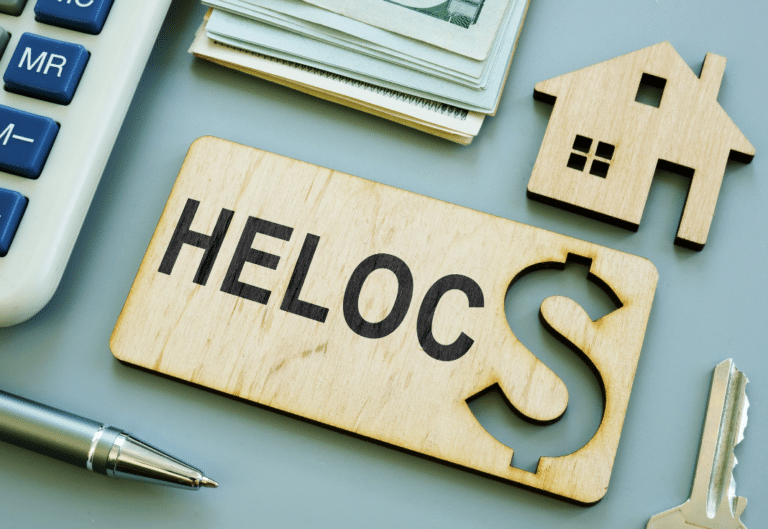The last couple of years have been anything but routine, and this is especially true in the real estate industry. The recent Covid-19 pandemic changed how the industry operated and there has been a lot of uncertainty in the game. Despite this, the industry is bouncing back and people, especially millenials, are buying a lot of homes throughout the country.
While people of all ages are buying homes, it is the millennials that find themselves as one of the most involved age groups when it comes to the real estate industry. Because of this, it is a good idea to familiarize yourself with millennial-related real estate trends. With that in mind, let’s look at some amazing millennial real estate trends in 2020’s.
Millennials Are Willing to Move
Millennials often know what they want out of a home, and aren’t afraid to go look for it. While some people are apprehensive to move away from their childhood town in past generations, many younger buyers have no problems moving across the country to get the home or apartment they want. Many are also flocking away from the big cities, out to the suburbs, or smaller and more “up and coming” cities or areas. This is especially noted post COVID19 as large corporations like Amazon and Google create headquarter offices in cheaper regions.
Millennials are the Biggest Home Buyers
As we mentioned briefly in the introduction, millennials are one of the most involved groups in the real estate industry. In fact, they are expected to buy the most homes of any generation in 2020’s. Because so many millennials are looking to buy, sellers need to keep in mind the preferences of millennials and what they are looking for. While many cosmetic issues can be negotiated, large mechanical home issues like dated HVAC systems or old roofing will deter buyers. The price of materials, labor shortages, and long wait times are an immediate turnoff to most buyers who see necessary, immediate work.
Their wants and needs are different than baby boomers and other generations. No longer are young buyers willing to ‘make things work’. While everyone is different, most millennials are looking for affordable homes, a strong job market, and a place that is on the rise. They also list eco-friendliness as a priority more than previous generations as well as proximity to major shopping and entertainment. Internet speed has also shown up on requirement lists of new-age buyers with many working from home and ditching the old cable cord; pretty much, that old farmhouse in the field doesn’t work anymore.
It should also be noted that many new-age home buyers are seeking more than just a home to live in and call theirs. Many of these homebuyers were aware and saw the effects of the latest housing crisis in 2008 and now see a different version of that today. Sky-rocketing home prices dont seem to be slowing down in the most desirable areas and this is great news for young investors. In recent years, we’ve seen hundreds of millennials buy a starter home, modernize the space, and then quickly use that home as a rental investment while they buy their next home – likely to be another starter home to repeat the process. Additional income streams is the name of the game these days and millennials know that. Coupled with the ever-increasing equity of these popular regions, its easy to see why so many young homebuyers are getting into real estate investment as opposed to traditional stocks and bonds.
More Non-Traditional Living Options is One of The Hottest Real Estate Trends
Another real estate trend that we see in regards to millennials is that they are often interested in non-traditional living options. This includes living in RVs, renting for longer, prefabricated homes, and several others. It isn’t as simple as buying a standard home, living in it for 30 years, and moving on to the next. Millennial buyers aren’t as comfortable in fixed-living situations as older generations were. Again, having those additional income streams – especially now with many still working from home – is a financially secure way for new-age homebuyers to explore the world in that old bus they just flipped.
Additionally, while many past generations have wanted large homes with formal space, that isn’t so much the case right now. This is evident by the explosion in the popularity of tiny houses, which are much more affordable to purchase and maintain. Smaller homes are budget-friendly on utility costs and maintenance but most importantly make outstanding investments.
Millenials looking to buy homes prefer a nicer neighborhood or nearby amenities more than a larger home. They value things like safety, family-friendliness, commute time for work, but most importantly value. As mentioned before, the small rural, almost unheard of towns on the outskirts of major cities are big-ticket locations. Or they will be soon at least. Affordable homes are plenty and while they likely need some cosmetic updates, these make fantastic rental investments for young buyers who see equity in the future.











![Matterport 3D Virtual Touring [Measuring Spaces]](https://movezen360.com/wp-content/uploads/2020/09/Rental-Homes-Near-Me-768x512.jpg)
